What is Decred? (DCR)
Decred (DCR) is a cryptocurrency designed with a focus on governance and community participation. It is one of the earliest cryptocurrencies that builds on Bitcoin’s code but introduces a hybrid consensus mechanism combining both Proof-of-Work (PoW) and Proof-of-Stake (PoS) systems. This design aims to give users more control over the decision-making process, especially when it comes to network upgrades and changes.
Decred’s innovative governance model allows stakeholders (those holding Decred tokens, DCR) to propose and vote on changes to the protocol, thus empowering them to participate in the evolution of the network in a more direct way compared to other cryptocurrencies like Bitcoin, which relies mostly on miners for decision-making.
Decred also aims to ensure security, scalability, and long-term sustainability by blending PoW and PoS, which reduces the risks of centralization and fosters a more decentralized ecosystem.

Key Features of Decred
- Hybrid Consensus Mechanism:
- Decred combines Proof-of-Work (PoW) for block validation with Proof-of-Stake (PoS) for governance and decision-making. This hybrid model helps balance security with decentralized participation, giving more people the ability to be involved in the blockchain’s evolution.
- Politeia Governance:
- Politeia is Decred’s on-chain governance system that allows users to submit proposals for improvements, funding, and changes to the protocol. Stakeholders vote on these proposals, and successful ones are implemented, helping make Decred one of the most community-driven cryptocurrencies.
- Block Reward Allocation:
- Unlike Bitcoin, where miners get 100% of the block reward, Decred’s rewards are split:
- 60% goes to miners who validate blocks.
- 30% goes to stakers, who validate the correctness of blocks and participate in governance.
- 10% is allocated to a treasury, which funds the development of the network.
- Unlike Bitcoin, where miners get 100% of the block reward, Decred’s rewards are split:
- Faster Block Time:
- Decred’s block time is set to 5 minutes, which is faster than Bitcoin’s 10-minute block time. This faster block time can lead to quicker transaction confirmations and improvements in the overall speed of the network.
- Difficulty Adjustment:
- Decred’s difficulty adjustment algorithm changes the difficulty of mining roughly every 12 hours, compared to Bitcoin’s 2-week difficulty adjustment. This helps the network respond more quickly to changes in mining power, improving stability.
How Does Decred Work?
Decred operates similarly to Bitcoin in many ways but with several key innovations, especially around its consensus mechanism and governance.
1. Proof of Work (PoW)
- Miners compete to solve computational puzzles and add blocks to the Decred blockchain. This is the same system that powers Bitcoin, where miners expend energy and computing resources to validate transactions.
- The reward for solving a block is split between miners, stakers, and the treasury (60%, 30%, and 10%, respectively).
2. Proof of Stake (PoS)
- In addition to mining, stakeholders (those who hold DCR) participate in validating transactions. Stakers hold DCR in a ticket (a non-transferable asset), and these tickets are randomly chosen to validate blocks proposed by miners.
- Stakers vote on which blocks to confirm, and their participation in the consensus process helps to ensure the network is decentralized and secure.
- Stakers earn 30% of the block reward for their role in verifying blocks and participating in governance.
3. Governance via Politeia
- Politeia is a key component of Decred’s governance structure. It allows anyone to propose new ideas or improvements to the network, which are then voted on by DCR holders (via staked tickets).
- Proposals can include funding for projects, changes to the protocol, or improvements in network policies.
- Politeia aims to foster an open, transparent process where the community can directly influence the future direction of Decred.
How Decred’s Block Reward System Works
- Block Creation: Miners compete to solve computational puzzles and propose a new block. This is the Proof-of-Work component of Decred.
- Block Validation: Once a block is proposed, stakers randomly chosen through their tickets validate the block to ensure it’s legitimate. This is the Proof-of-Stake component.
- Reward Distribution:
- 60% to Miners: For validating and adding blocks.
- 30% to Stakers: For validating block correctness and contributing to governance.
- 10% to Treasury: For funding network development, grants, and other initiatives.
This hybrid reward system helps balance incentives between miners and stakers, ensuring both groups are motivated to contribute to the network’s security and governance.
Decred’s History and Creation
Decred was launched in 2016 after being introduced in 2013 by two pseudonymous developers, tacotime and _ingsoc, who released the whitepaper “Memcoin2: A Hybrid Proof-of-Work, Proof-of-Stake Crypto-Currency.” The project was developed and launched by Company 0 (C0), an open-source development firm led by Jake Yocom-Piatt.
At the time of launch, 8% of the total token supply was pre-mined:
- 4% went to the development team (Company 0).
- 4% was distributed through an airdrop to early participants.



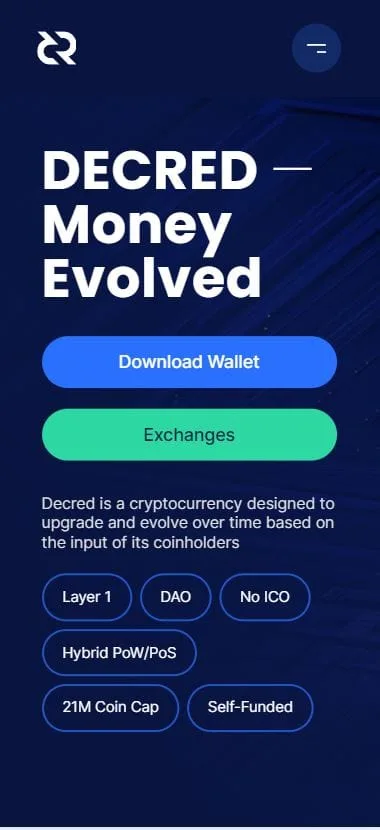
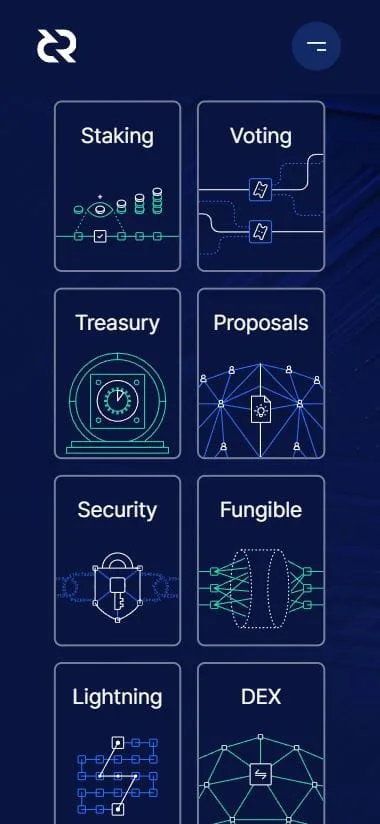
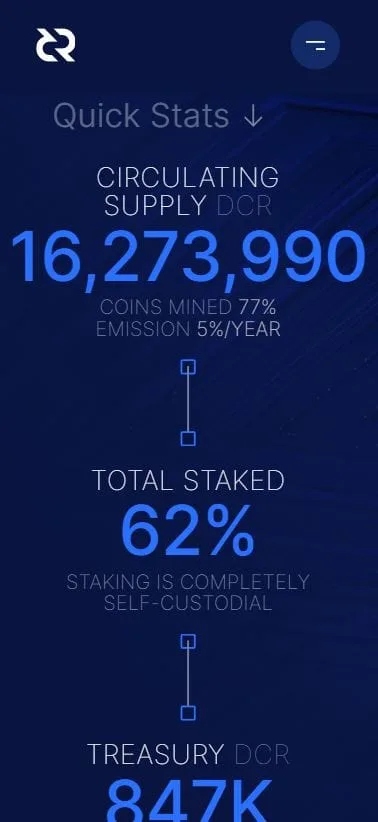
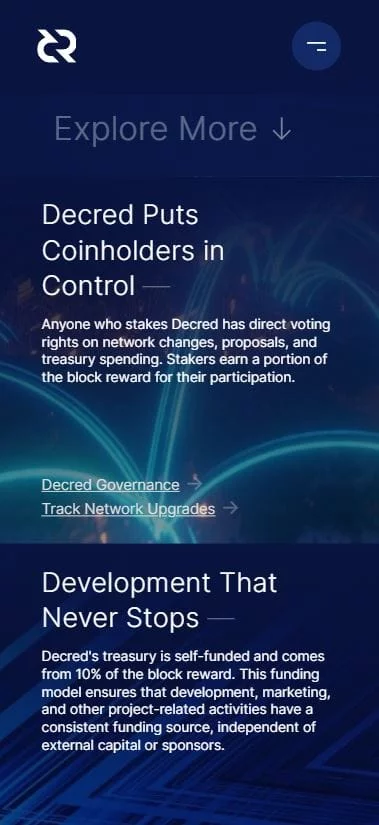









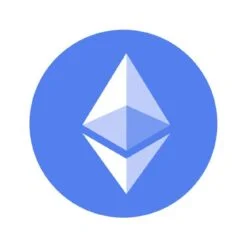





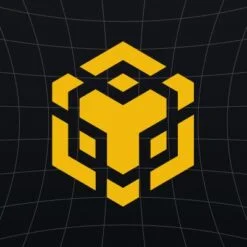
Reviews
There are no reviews yet.